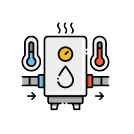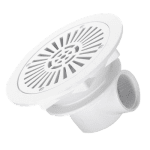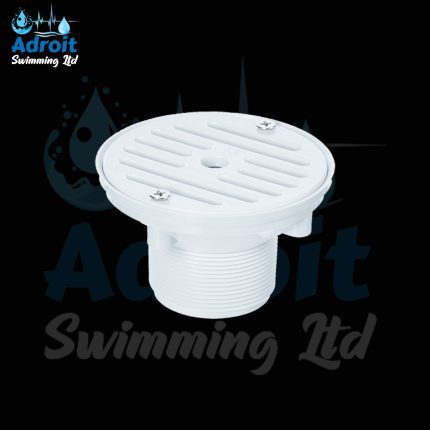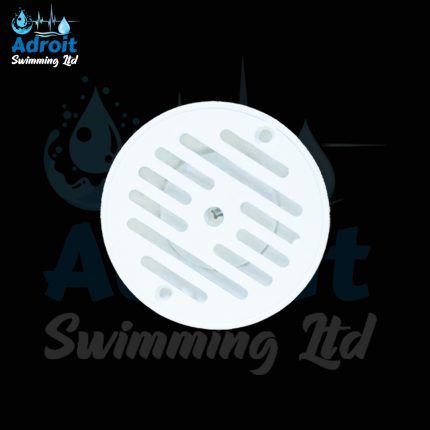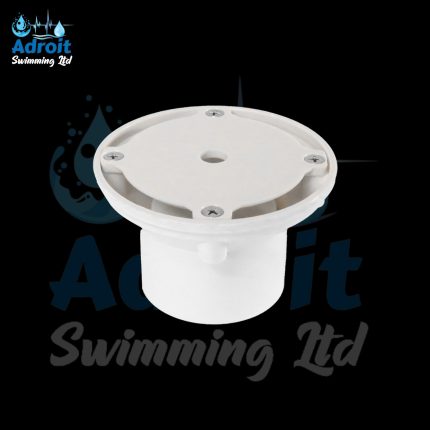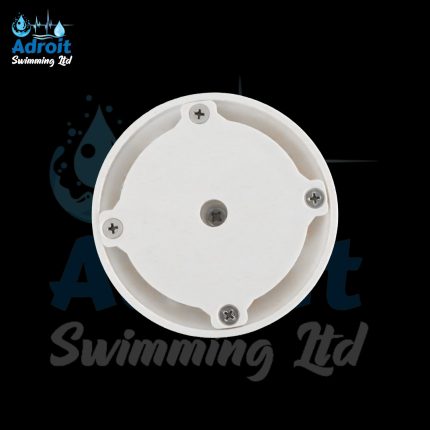Wall Inlet
A wall inlet is a crucial component in the construction and operation of swimming pools, particularly in systems designed for effective water circulation and maintenance. Positioned along the pool’s walls, wall inlets serve as water return points, allowing cleaned water to re-enter the pool after passing through the filtration system. This mechanism plays an essential role in maintaining water clarity, hygiene, and overall pool health.
Swimming Pool Wall Inlets: Key Components for Pool Efficiency and Maintenance
Swimming pool wall inlets are vital fixtures that play a crucial role in maintaining the water quality and circulation of swimming pools. These inlets serve as entry points for water and facilitate the functioning of various pool equipment, such as skimmers, heaters, and filtration systems. This article explores the purpose, types, features, benefits, installation, and maintenance of swimming pool wall inlets.Purpose of Swimming Pool Wall Inlets
The primary purpose of swimming pool wall inlets is to facilitate water circulation and enhance the overall efficiency of the pool's filtration system. Wall inlets serve several essential functions:- Water Circulation: Wall inlets help create a continuous flow of water within the pool, ensuring that water is evenly circulated. This circulation is critical for maintaining water clarity and preventing stagnation.
- Filtration: By drawing water from various points around the pool, wall inlets assist the filtration system in removing debris, dirt, and contaminants. This process helps keep the water clean and safe for swimmers.
- Chemical Distribution: Proper circulation facilitated by wall inlets allows for even distribution of chemicals, such as chlorine and pH adjusters, throughout the pool. This ensures that water chemistry is balanced and effective.
- Temperature Regulation: Wall inlets can also be used in conjunction with heating systems to help regulate pool water temperature. By circulating heated water from the heater back into the pool, they assist in maintaining a comfortable swimming environment.
Types of Swimming Pool Wall Inlets
- Standard Wall Inlets: These are commonly used in residential pools, typically made from durable plastic. They are designed to fit standard-sized plumbing connections and can be installed in various pool designs.
- Adjustable Wall Inlets: Some wall inlets feature adjustable flow controls, allowing pool owners to customize the water flow rate according to their specific needs. This flexibility is useful for optimizing water circulation.
- Anti-Entrapment Inlets: Designed with safety in mind, these inlets incorporate features that reduce the risk of entrapment. They often have larger openings and mesh designs that minimize suction hazards for swimmers.
- Dual Inlet Systems: Larger pools may utilize dual wall inlet systems, which consist of two inlets working in tandem to enhance water circulation and filtration efficiency.
Key Features of Swimming Pool Wall Inlets
- Durable Construction: Wall inlets are typically made from high-quality materials that resist corrosion, UV damage, and chemical exposure. Common materials include ABS plastic, PVC, and stainless steel.
- Easy Installation: Most wall inlets are designed for straightforward installation, featuring standard-sized fittings that connect easily to pool plumbing systems.
- Low-Profile Design: Wall inlets often feature a low-profile design, ensuring they do not obstruct the pool’s aesthetic or interfere with swimmer movement.
- Versatile Placement: These inlets can be placed at various locations along the pool walls, allowing for flexibility in water flow direction and coverage.
- Compliance with Safety Standards: Many wall inlets are designed to meet safety regulations, ensuring they are suitable for use in residential and commercial pools.
Benefits of Swimming Pool Wall Inlets
- Improved Water Quality: By promoting effective water circulation, wall inlets help maintain clean and clear water, reducing the likelihood of algae growth and cloudy conditions.
- Enhanced Filtration Efficiency: Wall inlets work in conjunction with the pool's filtration system, ensuring that debris and contaminants are efficiently removed from the water. This results in a healthier swimming environment.
- Cost-Effective Operation: Properly functioning wall inlets contribute to the efficient operation of pool systems, reducing the need for excessive chemical treatments and cleaning efforts.
- Flexibility in Pool Design: Wall inlets can be integrated into various pool designs, allowing homeowners and builders to create customized circulation systems that suit their specific needs.
- Increased Safety: Anti-entrapment wall inlets provide an added layer of safety for swimmers, reducing the risk of accidents associated with suction entrapment.
Installation of Swimming Pool Wall Inlets
- Planning the Layout: Determine the optimal locations for the wall inlets, considering the pool's shape, size, and existing plumbing. Ideally, inlets should be positioned to facilitate effective circulation.
- Preparing the Area: Clear the installation area of debris and ensure it is level. If installing new inlets, mark the spots where they will be placed.
- Cutting Openings: If necessary, cut openings in the pool wall for the inlets. Ensure that the openings are sized correctly to accommodate the inlets securely.
- Securing the Inlets: Insert the wall inlets into the openings and secure them using screws or adhesive as recommended by the manufacturer. Make sure they are aligned properly and level.
- Connecting to the Plumbing System: Connect the inlets to the pool’s plumbing system, ensuring all connections are secure and watertight. Test the system to verify proper operation.
Maintenance of Swimming Pool Wall Inlets
- Regular Cleaning: Periodically clean the wall inlets to remove any debris or algae that may accumulate around them. This ensures they remain functional and efficient.
- Visual Inspections: Regularly inspect the inlets for signs of wear, damage, or blockages. Check for cracks or corrosion that may compromise their effectiveness.
- Checking Connections: Ensure that all connections to the plumbing system remain secure and watertight. Replace any damaged hoses or fittings as needed.
- Seasonal Maintenance: Before the swimming season begins, conduct a thorough inspection of the wall inlets and associated systems to ensure they are in good working order.
- Professional Servicing: For major repairs or issues, consider hiring a professional pool service technician to assess and address problems with wall inlets and the overall circulation system.






